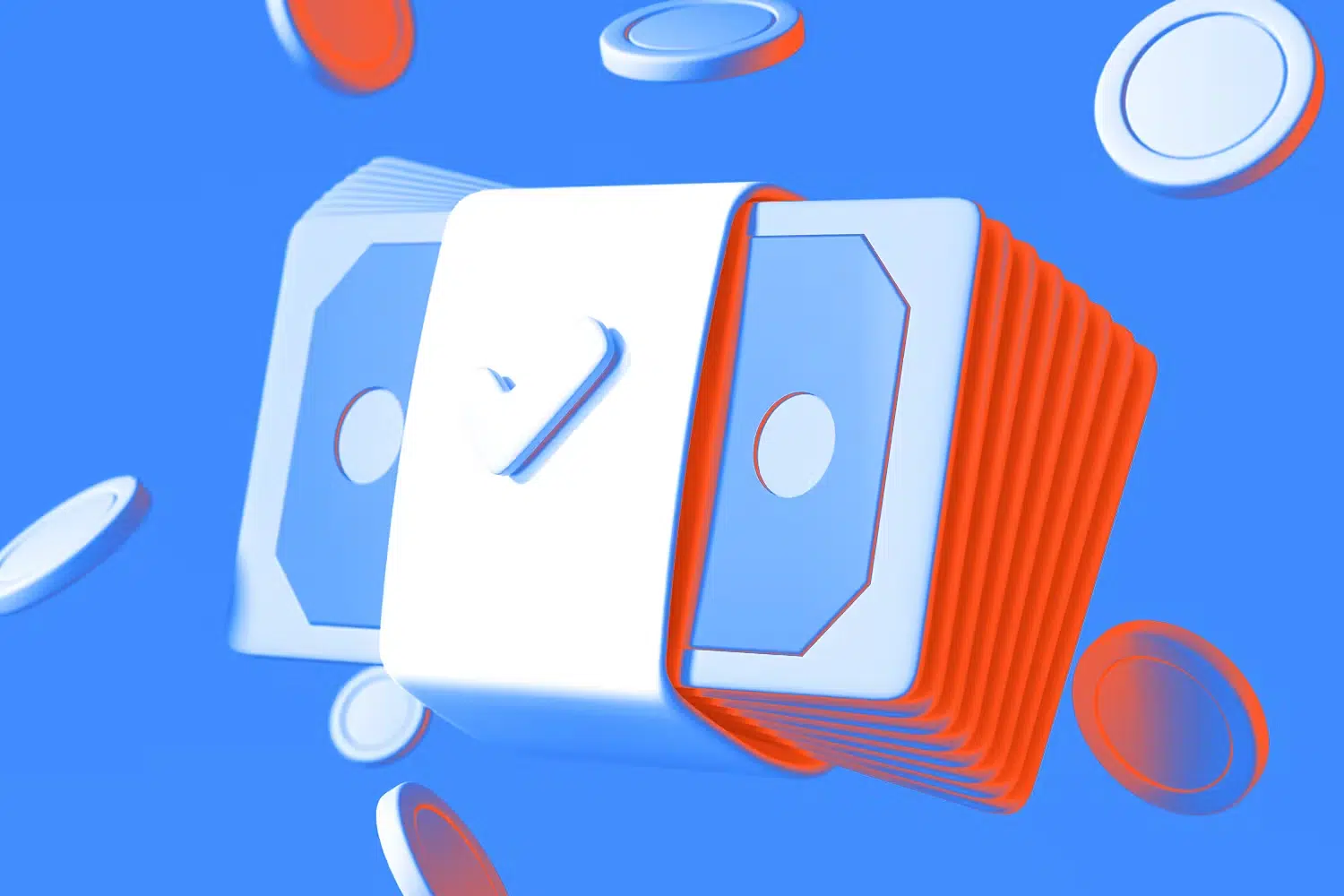
Certificates of Deposit: What They Are, How They Work, and How to Use CDs to Your Advantage

If you’re looking to dip your toes into investing, you may be wondering where to start. Many are intimidated by the world of stocks, bonds, and mutual funds, but there is another option available to investors— one that is often overlooked: certificates of deposit.
This common type of deposit account is a way to safely and securely store your money, all while earning interest at a typically much higher rate than traditional savings accounts. In this article, we’ll take a look at what CDs are, how they work, and some tips for getting the most out of them.
What is a certificate of deposit?
A certificate of deposit, or CD, is a type of deposit account that typically offers a higher interest rate in exchange for the customer agreeing to leave the money in the account for a set period of time. CDs are issued by banks and credit unions, and they are usually FDIC- or NCUA-insured up to $250,000 per depositor, per institution.
CDs can be a good choice for people who want to earn more interest on their savings than what is offered by a traditional savings account but who don’t want to take on the risk of investing that cash in the stock market. CDs are also a good option for people who want to save for a specific goal in the future, such as buying a house or taking a vacation, because they offer fixed interest rates and terms.
Start Earning Today
If you’re ready to regain a little savings confidence, then use the link below to open a high-yield certificate of deposit with Amplify Credit Union.
How do certificates of deposit work?
Certificates of deposit may sound complicated, but they’re fairly straightforward. Broken down into the simplest terms, the CD cycle looks a little something like this:
- Choose your CD
- Deposit your money
- Wait until the maturity date to withdraw or reinvest your money, plus interest
Like we mentioned earlier, certificates of deposit offer fixed interest rates. This means that you will earn a set amount of interest on your deposits, regardless of changes in the market. You’ll know exactly how much you will make from the get-go. In general, the longer your CD term is, the more favorable your interest rate will be.
Unlike savings accounts, money in a CD isn’t very liquid, which means that you will not be able to access your money for the term of the CD. For example, a 5-year CD will mature in five years, at which point you will be able to withdraw your money.
Of course, your money isn’t completely locked away— but if you need to access your money before the CD matures, you will likely face penalties that eat into any earnings you may have accumulated.
How to Use CDs to Your Advantage
To make the most of your CDs, keep these tips in mind.
1. Learn about CD investment strategies like laddering.
To make the most of your CD investments, you’ll want to invest wisely. One of the best ways to do this is with a method known as CD laddering.
CD laddering is a strategy for earning higher interest rates on your savings by splitting your money into multiple CDs with different maturity dates. This technique allows you to take advantage of higher interest rates while still having access to your cash when you need it.
For example, let’s say you have $10,000 to invest. You could split the money into five CDs, each with a different maturity date. When each CD matures, you can either reinvest the money into another CD or cash out and use the money as you see fit. Laddering is a great way to earn higher interest rates on your savings without tying up all of your money for a long period of time.
2. Know when to use a CD.
We know that CDs typically offer a higher interest rate than a traditional savings account. However, to get this higher rate, you agree to leave your money in the account until it matures, which is usually between three months and five years.
If you need to withdraw your money before the end of the term, you typically have to pay a penalty. For this reason, CDs are best suited for people who know they won’t need access to their savings in the short term.
If you’re not sure when you’ll need the money or if you might need to withdraw it early, you’re better off keeping it in a traditional savings account or another type of account where you won’t be penalized for withdrawals.
This is another place where CD ladders can be very useful. If you stagger your maturity dates, you can ensure you’ll be freeing up savings at specific intervals—just in case you need the money.
3. Shop around for the best rates.
CDs offer a fixed rate of interest, but not all financial institutions offer the same rates. Rates can vary significantly from one bank to another, so it pays to compare offers before investing your money. If you’re laddering, this may also mean having to invest in CDs across different institutions.
But by shopping around, you can ensure that you’re getting the most bang for your buck. And when it comes time to cash in your CDs, you’ll be glad you did!
4. Get the help of a financial advisor.
There are a lot of investment options out there, and CDs can be part of a larger investment strategy. But how do you know what strategy is right for you?
That’s where a financial advisor can help. A financial advisor can take a look at your financial situation and goals and construct a plan that fits your needs. They can also help you understand the risks and rewards associated with each type of investment. So if you’re thinking about adding CDs to your investment portfolio, talking to a financial advisor can be a great place to start.
Get Started on Investing
CDs are a safe and low-risk investment option that can offer you higher returns than a traditional savings account. If you’re looking for an easy way to grow your money, consider opening an account.. Be sure to assess your goals and timelines and shop around to find the best CD for you.
Become an Amplify Member
Every Amplify account holder enjoys fee-free banking. That means no overdraft, maintenance, or other banking fees cutting into your pocket.


